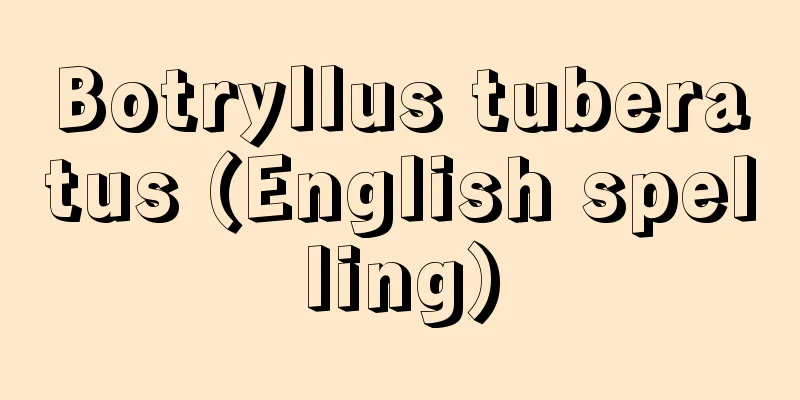River training

|
To control water to prevent flooding and to serve the purpose of its use, such as irrigation, transportation, and securing water for irrigation. Since humans moved away from hunting and primitive slash-and-burn agriculture to live on flat land, they have had to fight against rivers that sometimes swell and overflow, and have paid great attention to flood control. In Egypt, the water of the Nile was regulated by using Lake Moeris as a reservoir since the Middle Kingdom around 2000 BC, and large-scale flood control works have been carried out in India and China since ancient times. In Japan, full-scale flood control works were carried out after the Kamakura period, especially by feudal lords during the Sengoku period. It is well known that Takeda Shingen, Kato Kiyomasa, and Toyotomi Hideyoshi tried to control floods, but their flood control techniques were flood storage measures that did not resist the force of the water. Since the Meiji period, with the introduction of Western technology and the use of modern materials, the method of building continuous levees on rivers and confining floodwaters within the river channel and allowing them to flow down has been widely adopted. In modern times, a variety of flood control methods are used in combination, including river channel management methods such as raising levees, widening rivers, dredging riverbeds, and digging spillways, as well as dams, detention ponds, and regulation reservoirs that artificially regulate the flood volume itself, depending on the location. Source: Encyclopaedia Britannica Concise Encyclopedia About Encyclopaedia Britannica Concise Encyclopedia Information |
|
氾濫などの害を防ぎ,灌漑,運輸,用水の確保など,その利用目的にかなうように水を統制すること。狩猟生活や原始的焼畑耕作生活から離れて平地での生活を行うようになって以来,人類はときに増水して氾濫する川との戦いを余儀なくされ,治水事業に重大な関心を払ってきた。すでにエジプトでは前 2000年頃の中王国時代からモエリス湖を貯水池として利用することによりナイル川の水を調節することを行なっており,インドや中国でも古代から大規模な治水事業が行われている。日本では鎌倉時代以後,特に戦国大名たちによって本格的な治水事業が行われた。武田信玄,加藤清正,豊臣秀吉らが治水に努めたことは有名であるが,彼らの治水技術は,水勢に逆らわない洪水遊水策であった。明治以降は西欧技術の導入と近代的な資材の使用によって,河川に連続堤を築き,洪水を河道の中に閉じ込めて流下させる方式が多くとられるようになった。現代は堤防の嵩 (かさ) 上げ,河幅の拡大,河床の掘削,放水路の開削などの河道処理方式と,洪水量そのものを人工的に調節するダム,遊水池,調節池など立地条件に合せて多様な洪水調整方式が併用されている。
出典 ブリタニカ国際大百科事典 小項目事典ブリタニカ国際大百科事典 小項目事典について 情報 |
<<: Vampire bat (blood-sucking bat)
>>: Cheese - Cheese (English spelling)
Recommend
Livistona chinensis R.Br.var.subglobosa Becc.
A tall palm tree native to warm regions of Japan, ...
Franklin, P.
…Since then, the four-color problem has attracted...
Cosmetic surgery - Biyougeka
A medical department that adjusts the shape of the...
Frog beetle - Frog beetle
…The dog beetle, Linguatula taenioides , parasiti...
Booty - Senrihin (English spelling)
Also called captured goods. Items seized or detain...
Zalophus californianus japonicus (English spelling)
…[Tokuji Chiba]. … *Some of the terminology that ...
Confederation generale du travail-Force ouvrière
…The abbreviation for the General Confederation o...
charamela
...wind instrument. A corruption of the Spanish a...
Glomerulonephritis
…This became the basis of modern nephrology, but ...
hemiterpene
…Terpenes with n 3 or more are also known in natu...
Guttiferae
...There are about 300 species in the Hypericum g...
Angolares
…The oldest inhabitants, the descendants of Afric...
BL Lac (English)
…Galaxy [Keiichi Kodaira]. . . *Some of the termi...
Kamui Tuitaku - Kamui Tuitaku
According to Mashiho Chiri, Tuitaku is a transfor...
Eremias
...They give birth to about 4-10 young in June-Ju...









